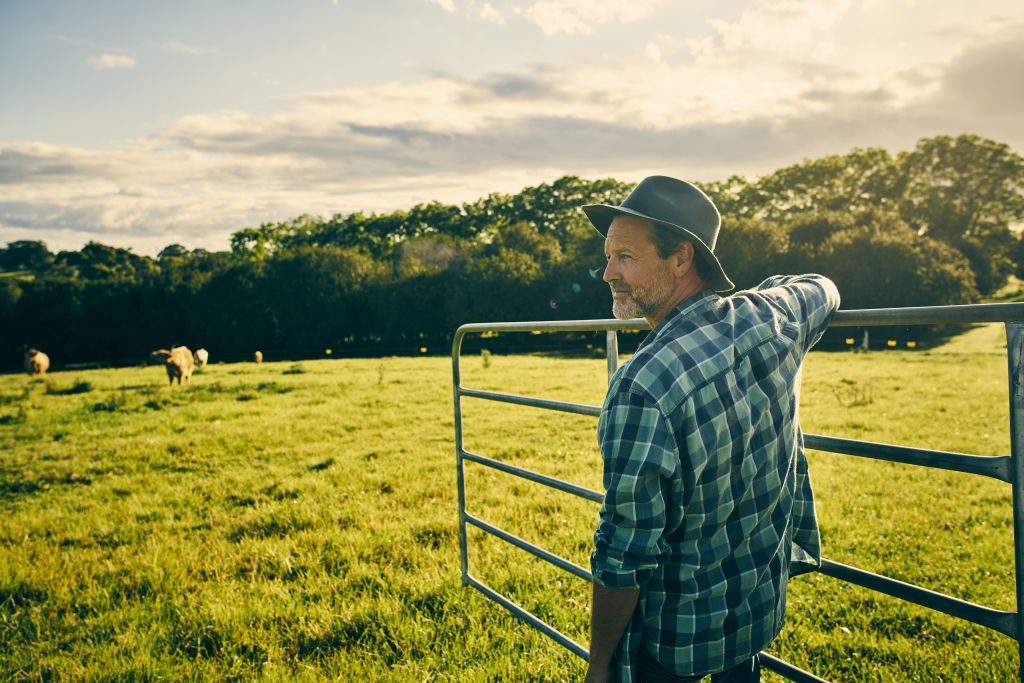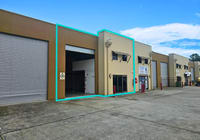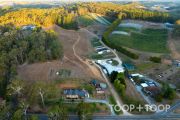
Australian farmers scaling up by buying neighbouring blocks
Many farmers are scaling up their agricultural businesses by buying out smaller neighbouring blocks.
There were about 89,000 agricultural businesses across Australia in 2019, a figure which had plunged by 34 per cent from 2010, the latest data from the Australian Bureau of Statistics showed.
Tom Russo, general manager of real estate at Elders, said this highlighted the steady trend towards fewer and larger farms in Australia.
Farmers with a mid to long-term view are taking on an expansion strategy, with the goal of growing their aggregations. By tapping into the equity in their current properties, they can fund the purchases of “bolt-on” properties, or smaller blocks neighbouring their existing sites.
“A lot of the activity in the market recently has been driven by existing farmers/neighbours looking to expand in order to realise economies of scale by leveraging their cost base across a wider area of production,” Mr Russo said.
“Put simply, the land is more valuable to a buyer who has an existing asset base in close proximity. This is particularly the case for dryland cropping and grazing operations.”
Yet a significant proportion of farms in Australia tend to be small in terms of land area, with 36 per cent of agricultural properties covering less than 50 hectares, according to 2011 ABS data.
“Scale is definitely a goal for many buyers and is a prerequisite for most corporate investors,” Mr Russo said.
“Scale brings efficiencies, efficiencies increase profitability, increased profitability drives further land-value increase.”
Mr Russo said demand for large-scale farms came from both major private farmer buyers, as well as foreign and domestic corporate players, which build aggregated holdings on a larger scale.
Institutional investors are drawn to the strong investment fundamentals of food production.
They also see farmland as a safe hedge within their investment portfolios, as it is largely unlinked to movements in other asset classes such as equity markets.
“The corporate farmland investment space has matured rapidly in recent years,” Mr Russo said, adding there was significant capital looking to be invested in the market.
“There are also numerous large family farming groups which are, for all intents and purposes, ‘corporatised’ farmers.”
Tim Lane, rural director at Herron Todd White, said for those looking to expand, it was not easy to come across a suitable property that was adjacent to a buyer’s existing site and, at the same time, was for sale.
Strong competition and a general lack of available supply for buyers has driven demand for smaller parcels that can be bolted on to neighbouring sites. Buyers are willing to pay higher prices for these small blocks as a result, Mr Lane said.
“The ability to just open a gate/fenceline and continue the operation of the existing farm provides often improved efficiencies,” he said.
“Many farmers have [their] eye on the block next door if it ever came up for sale so when they do, the neighbour is often hard to outbid.”
Positive results from consecutively strong farming seasons tended to encourage farmers to expand their businesses, Mr Lane said.
“We often see increased activity on the back of one or a few years of good seasons where farmers and their bankers have confidence about the ability to handle expansion,” he said.
Robust rural property value growth in the past three to four years has also driven family-run farming businesses to look at smaller bolt-on blocks, instead of the larger properties which allow for larger-scale expansion.
Working in the other direction, collective purchases of larger properties intended to be divided is also becoming a trend.
“We have, however, also seen de-aggregation occur where a group of neighbours will buy a larger property and break it up between the neighbours, as they can handle a piece but not the whole of the parcel,” Mr Lane said.
The type of “bolt-on” properties a farmer may seek is not always the same, according to David Nolan, director of Webster Nolan Real Estate, said.
“They do not just look for smaller blocks. Sometimes the bigger blocks have duplications of improvements such as houses, buildings, etc which are not wanted [after purchase],” he said.
“Sometimes it is what their budget will allow. There are no hard and fast rules.”
Shane McIntyre, CBRE’s director of agribusiness, said family-run enterprises looking at farmland aggregation as part of their growth plans were “a substantial segment of the market”.
He noted that family-owned farming businesses and corporate enterprises sought smaller “add-on” opportunities to not only enhance economies of scale, but also overall productive performance.
Expansion plans are often supported by lending institutions, attracted to the strong track records of farming business operated over multiple generations.
Mr McIntyre believed the record-low interest rates would drive farmers and investors to continue aggregation and growth plans.
“The value increases for smaller adjoining holdings has never been greater than in the past half-decade, and with lifetime low interest rates expected for the next half-decade, this trend is certain to continue,” Mr McIntyre said.










